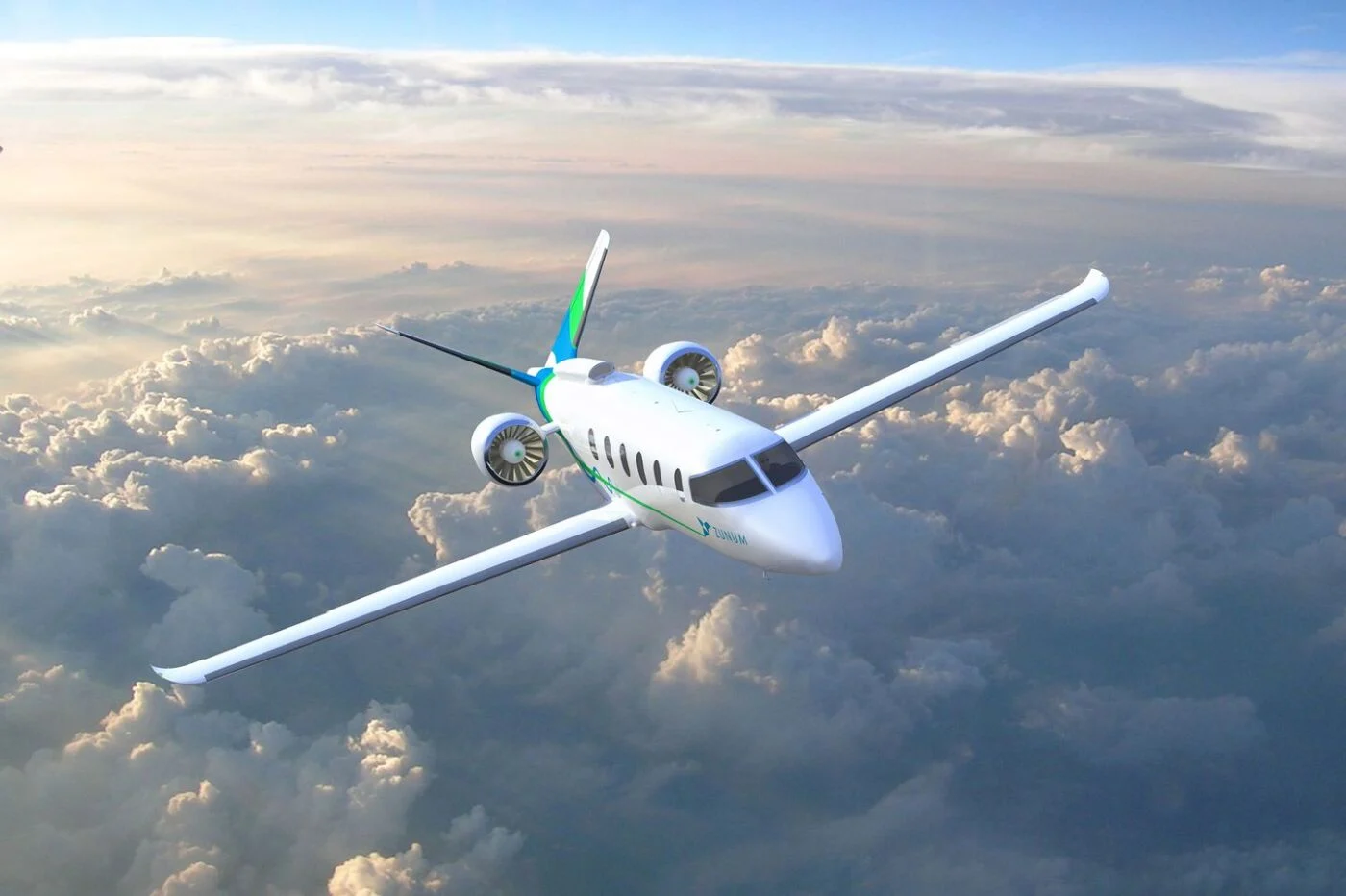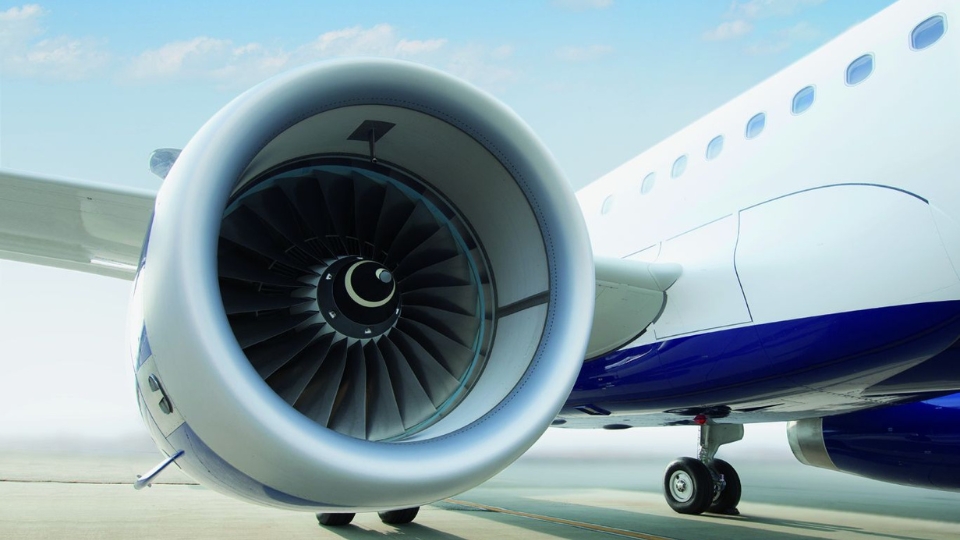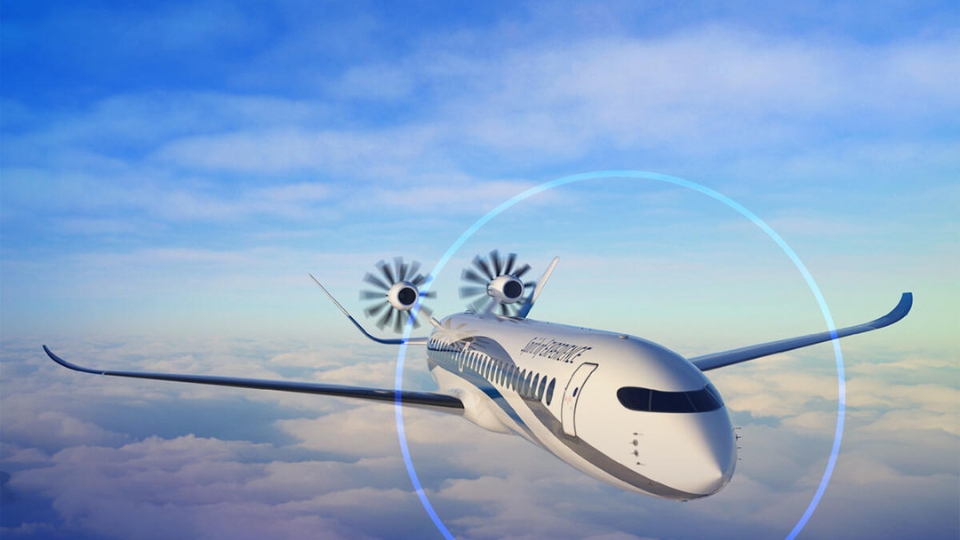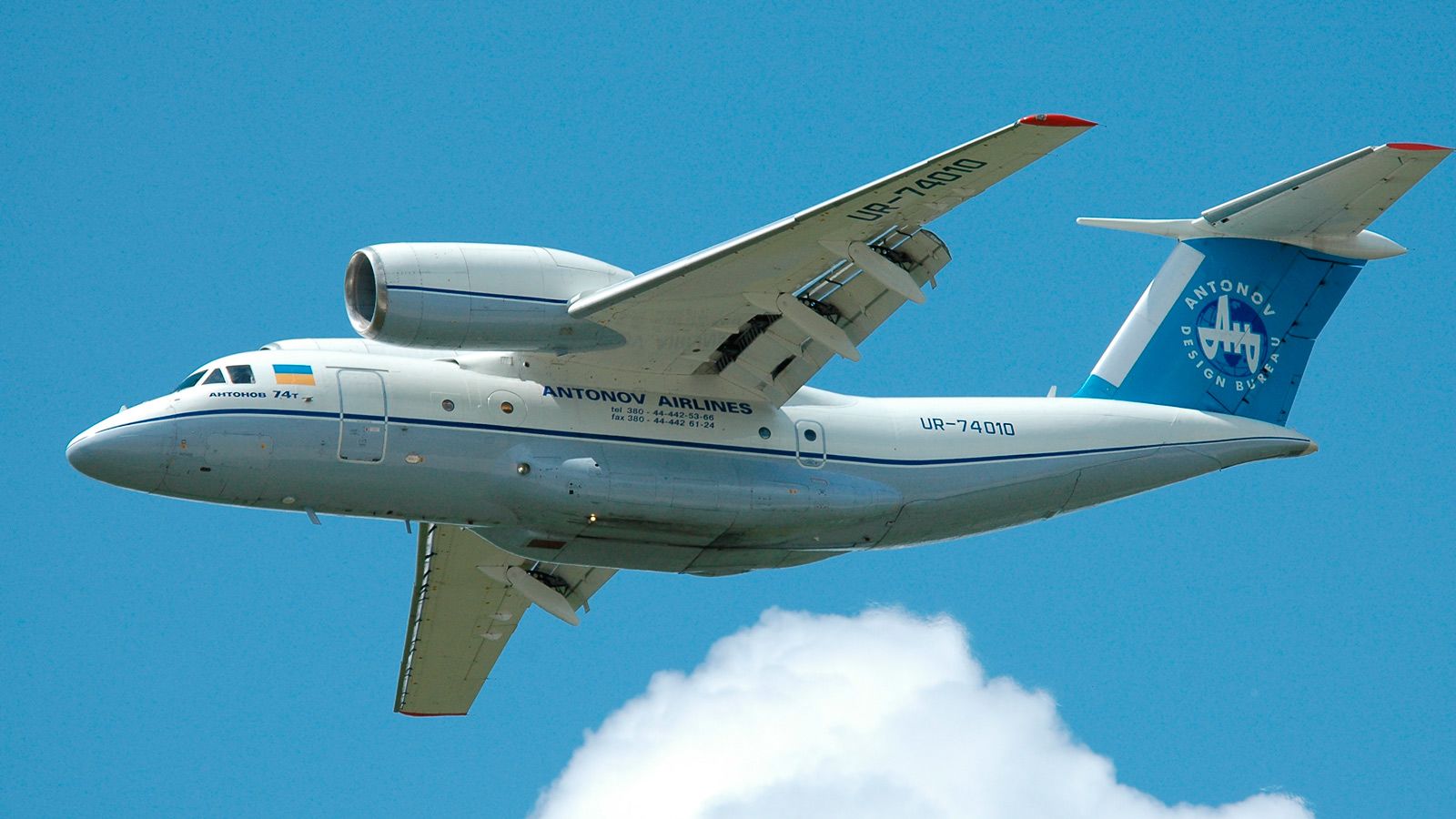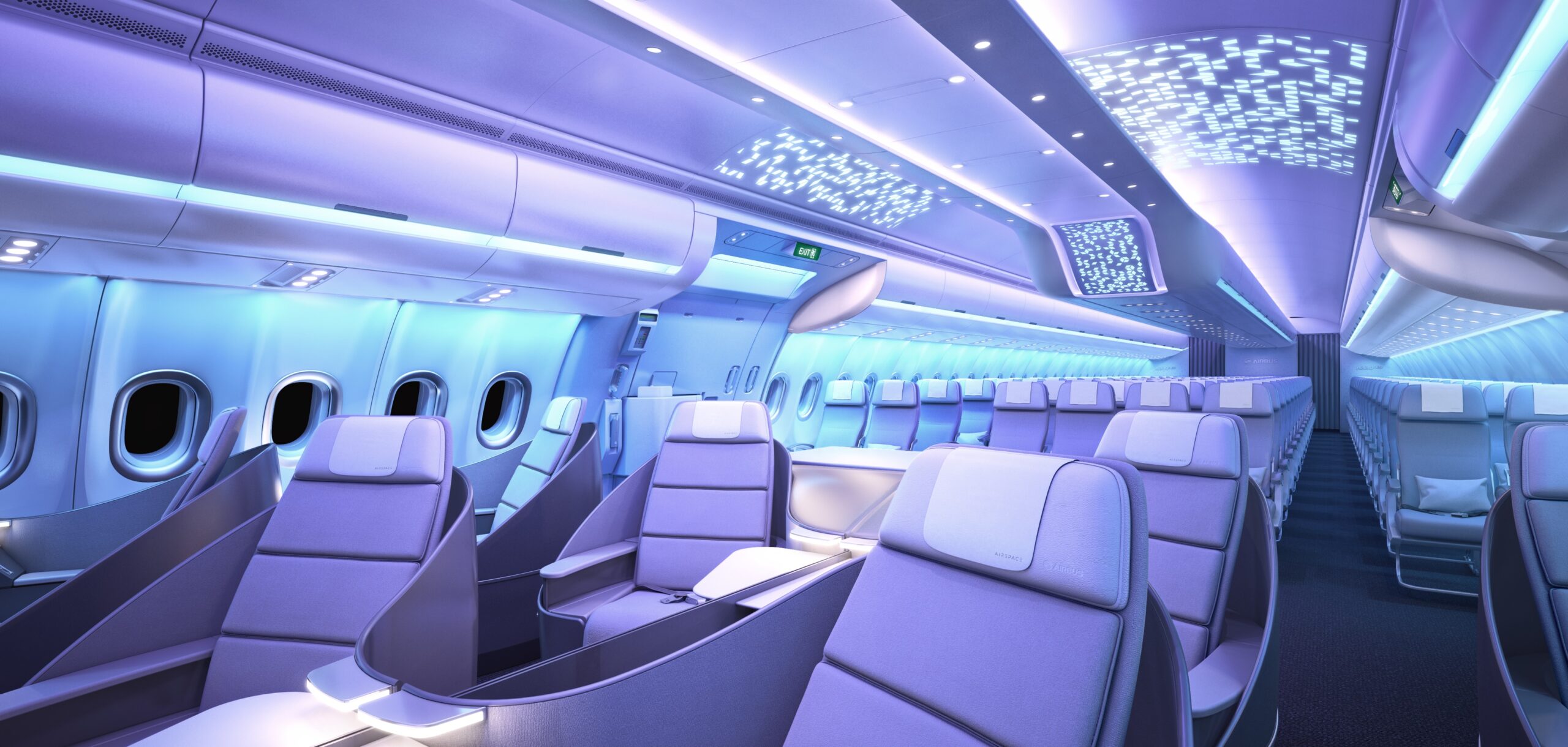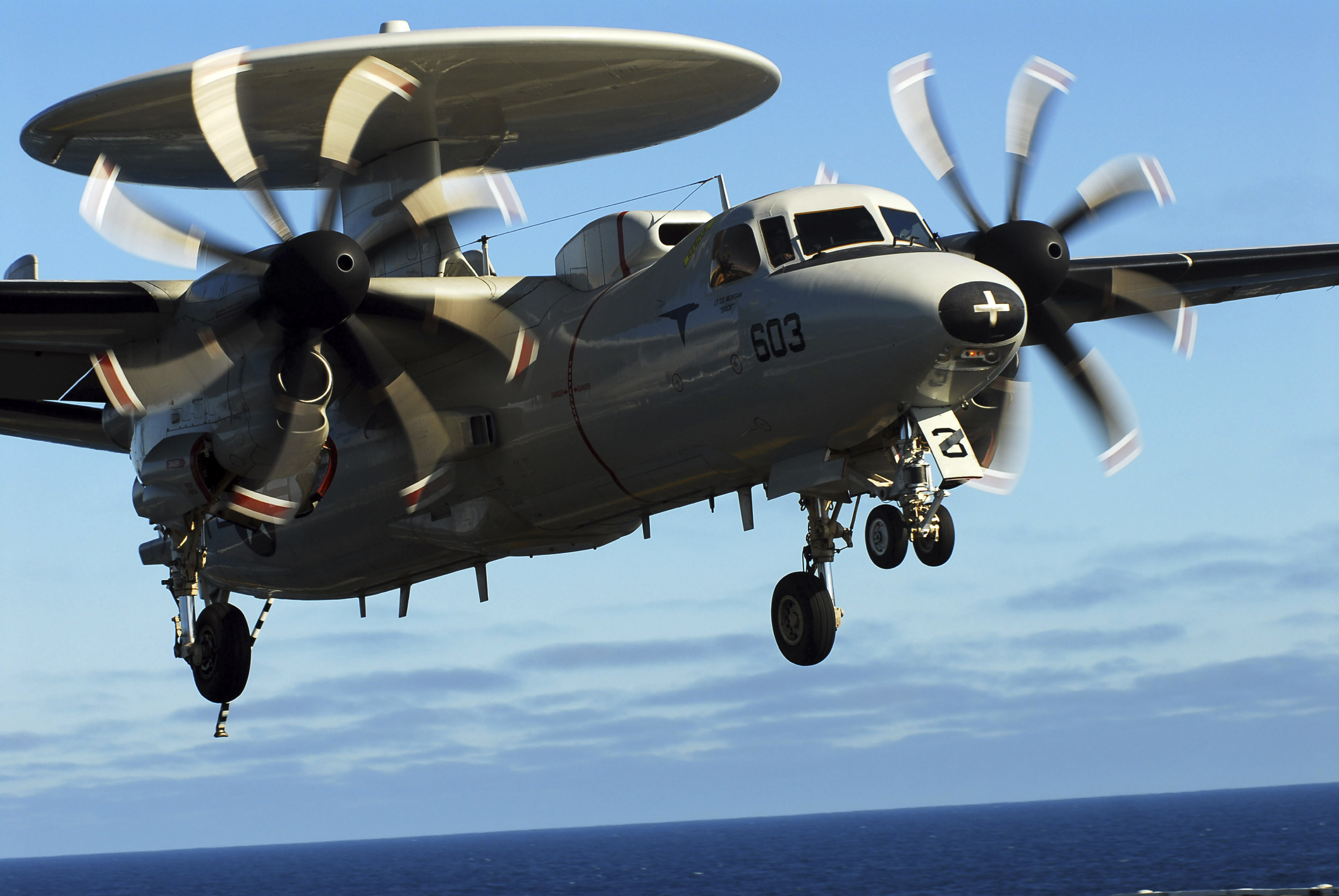The aviation industry is on the brink of a major transformation. Electric aircraft shape the future of flying by offering a sustainable, efficient, and innovative alternative to traditional fuel-powered planes. As airlines and manufacturers invest in electric propulsion technology, the potential for cleaner skies, reduced operating costs, and quieter flights becomes a reality.
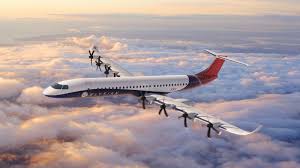
Electric aircraft shape the future of flying
The Rise of Electric Aircraft
Electric aircraft utilize battery-powered engines or hybrid systems to generate thrust, reducing or eliminating reliance on fossil fuels. Advances in battery technology, lightweight materials, and energy-efficient propulsion systems make electric flight increasingly viable for short and regional routes. This shift represents a major step toward sustainable aviation.
Example:
Companies like Eviation and Pipistrel have developed electric aircraft capable of carrying small passenger loads over regional distances, demonstrating that electric propulsion is more than just a concept.
Environmental Benefits
Electric aircraft offer significant environmental advantages. By reducing carbon emissions and noise pollution, these planes contribute to cleaner air and quieter airports. Airlines adopting electric technology can align with global sustainability targets and respond to growing passenger demand for eco-friendly travel.
Example:
A small electric commuter aircraft can operate almost silently, drastically reducing noise in urban airports while producing zero in-flight emissions.
Reducing Operational Costs
Electric propulsion systems have fewer moving parts compared to traditional engines, leading to lower maintenance costs. Additionally, electricity is often cheaper than aviation fuel, which helps airlines reduce operating expenses. Over time, these savings can make air travel more affordable for passengers and more profitable for operators.
Example:
A regional airline using electric aircraft for short routes can significantly cut fuel costs while benefiting from simplified engine maintenance schedules.
Enhancing Passenger Experience
Electric aircraft are not only efficient but also provide a smoother and quieter flight experience. Reduced engine noise and vibration contribute to passenger comfort, while shorter turnaround times enabled by simpler systems increase operational efficiency.
Example:
On a 200-kilometer regional flight, passengers may notice minimal engine noise and smoother takeoffs and landings, making short trips more enjoyable.
Challenges and Opportunities
Despite the promise, electric aviation faces challenges such as limited battery capacity, energy density, and infrastructure for charging. However, continuous research, government incentives, and private investment are accelerating the development of viable solutions. As battery technology improves, longer routes and larger aircraft will become feasible.
Example:
Airports may invest in fast-charging stations for electric planes, enabling quick turnaround and efficient regional service.
The Future of Flying
Electric aircraft are poised to revolutionize regional air travel, reducing environmental impact and operating costs while enhancing passenger comfort. As technology advances, hybrid-electric systems and fully electric long-range planes may become mainstream, transforming the aviation industry and contributing to global sustainability efforts.
Example:
Within the next decade, passengers may travel between nearby cities in fully electrical aircraft, experiencing quieter, cleaner, and more efficient flights compared to traditional planes.
Conclusion
Electric aircraft shape the future of flying by offering sustainable, efficient, and innovative alternatives to conventional aviation. With benefits ranging from reduced emissions and noise pollution to lower operating costs and enhanced passenger comfort, electric aviation is paving the way for a cleaner and more efficient air travel experience. As technology continues to advance, electric aircraft will redefine regional and eventually long-haul travel, supporting a sustainable future for the aviation industry.

